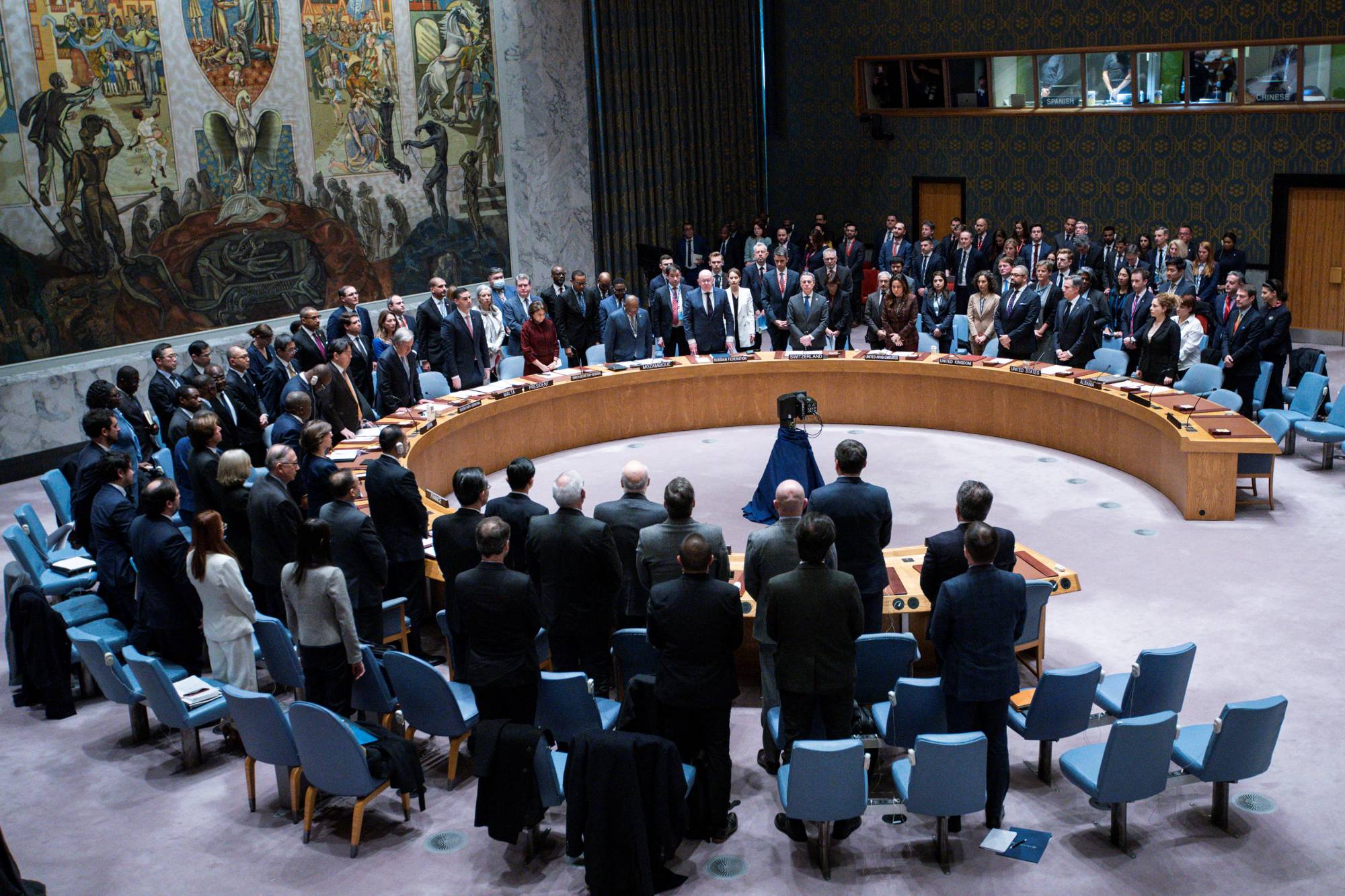Live Classes

In recalling its recommendation to appoint Justice S. Muralidhar as Chief Justice of the Madras High Court, the Supreme Court collegium has let the Union government, which did not act on the decision for eight months, have its way. One can only conclude that the Centre has been deliberately refraining from acting on the recommendation, presumably to stall the transfer. The Collegium has now decided instead, to propose the name of Justice S.V. Gangapurwala, a judge of the Bombay High Court, as the next Chief Justice of the Madras High Court. The reason appears to be the Collegium’s keenness to have a permanent Chief Justice for the High Court, as the senior-most judge has been acting as Chief Justice for nearly eight months. It was decided in September 2022 that Justice Muralidhar would be shifted from the Orissa High Court to succeed Justice M.N. Bhandari, who retired as head of the Madras High Court. Meanwhile, Justice T. Raja, the senior-most judge in Chennai, was acting as Chief Justice, but it was decided in November 2022 that he would be shifted to the Rajasthan High Court. Justice Raja’s representation that his transfer be reconsidered was rejected by the Collegium. However, the Centre did not notify his transfer too, resulting in his continuance as Acting Chief Justice in the Madras High Court for an unusually long period. He is due to retire on May 24, 2023. As if to underscore its disapproval of the state of affairs, the Collegium resolution reiterated that Justice Raja’s transfer “be effectuated at the earliest”, and observed that even his continuance as a judge would not be an impediment to the appointment of Justice Gangapurwala as Chief Justice.
There are recent instances of the government highlighting the political views of prospective appointees to stall their elevation to the Bench. In most cases, however, inaction is the main means to stall an appointment. A question that arises is whether such deliberate inaction on the Centre’s part will be allowed to be the norm. The last move will, no doubt, embolden the Centre, to exercise a right to veto any appointment or transfer proposed by the Collegium. Notwithstanding the flaws in the Collegium system, the present state of affairs bodes ill for the independence of the judiciary. The system is founded on the premise of judicial primacy, but it now appears that the executive has found a way of circumventing it — merely by refusing to give effect to the Collegium’s recommendations. In effect, the present regime has upended the legal position that the recommendations are binding on the government if the Collegium reiterates its stand with regard to any appointment.
What is the current procedure for transfers?
Article 222 of the Constitution provides for the transfer of High Court judges, including the Chief Justice.
As one of the points made by the ‘Second Judges Case’ was that the opinion of the Chief Justice of India ought to mean the views of a plurality of judges, the concept of a ‘Collegium of Judges’ came into being. In the collegium era, the proposal for transferring a High Court judge, including a Chief Justice, should be initiated by the Chief Justice of India, “whose opinion in this regard is determinative”. The consent of the judge is not required. “All transfers are to be made in public interest, i.e., for promoting better administration of justice throughout the country.”
For transferring a judge other than the Chief Justice, the Chief Justice of India should take the views of the Chief Justice of the court concerned, as well as the Chief Justice of the court to which the transfer is taking place. The Chief Justice of India should also take into account the views of one or more Supreme Court judges who are in a position to offer their views in the process of deciding whether a proposed transfer should take place.
“In the case of transfer of a Chief Justice, only the views of one or more knowledgeable Supreme Court judges need to be taken into account.” The views should all be expressed in writing, and they should be considered by the Chief Justice of India and four senior-most judges of the Supreme Court, which means, the full Collegium of five. The recommendation is sent to the Union Law Minister who should submit the relevant papers to the Prime Minister. The Prime Minister then advises the President on approving the transfer.
Download pdf to Read More